Mercedes Formula 1 strategy director James Vowles has no qualms about admitting his team got its tactics wrong at the Mexican Grand Prix.
But he has also explained the reasoning behind the choices that meant George Russell and Lewis Hamilton couldn’t turn what appeared to be a significant performance breakthrough into a first F1 win of 2022, and defended some of those decisions.
Russell and Hamilton qualified second and third at Mexico City, started on medium tyres and then switched to hards for their final stints, while Red Bull rivals Max Verstappen and Sergio Perez used softs for the opening laps before running to the end of mediums.
Both Mercedes drivers voiced fears on team radio that the hard had been the wrong tyre to commit to, but were reassured that the Red Bulls were likely to run into trouble with the mediums late in the race.
They did not, and Hamilton was comfortably defeated by Verstappen and Russell finished a distant fourth behind Perez after a very late stop for softs just to get fastest lap.
In Mercedes’ regular post-race debrief video in which a team member answers fan questions, Vowles ran through the junctures at which the team could have made a better choice and why it did not.
Here are the four main areas where Mercedes’ tactics were questioned, and Vowles’ admissions and justifications.
SHOULD THE STRATEGY HAVE JUST BEEN MORE AGGRESSIVE?
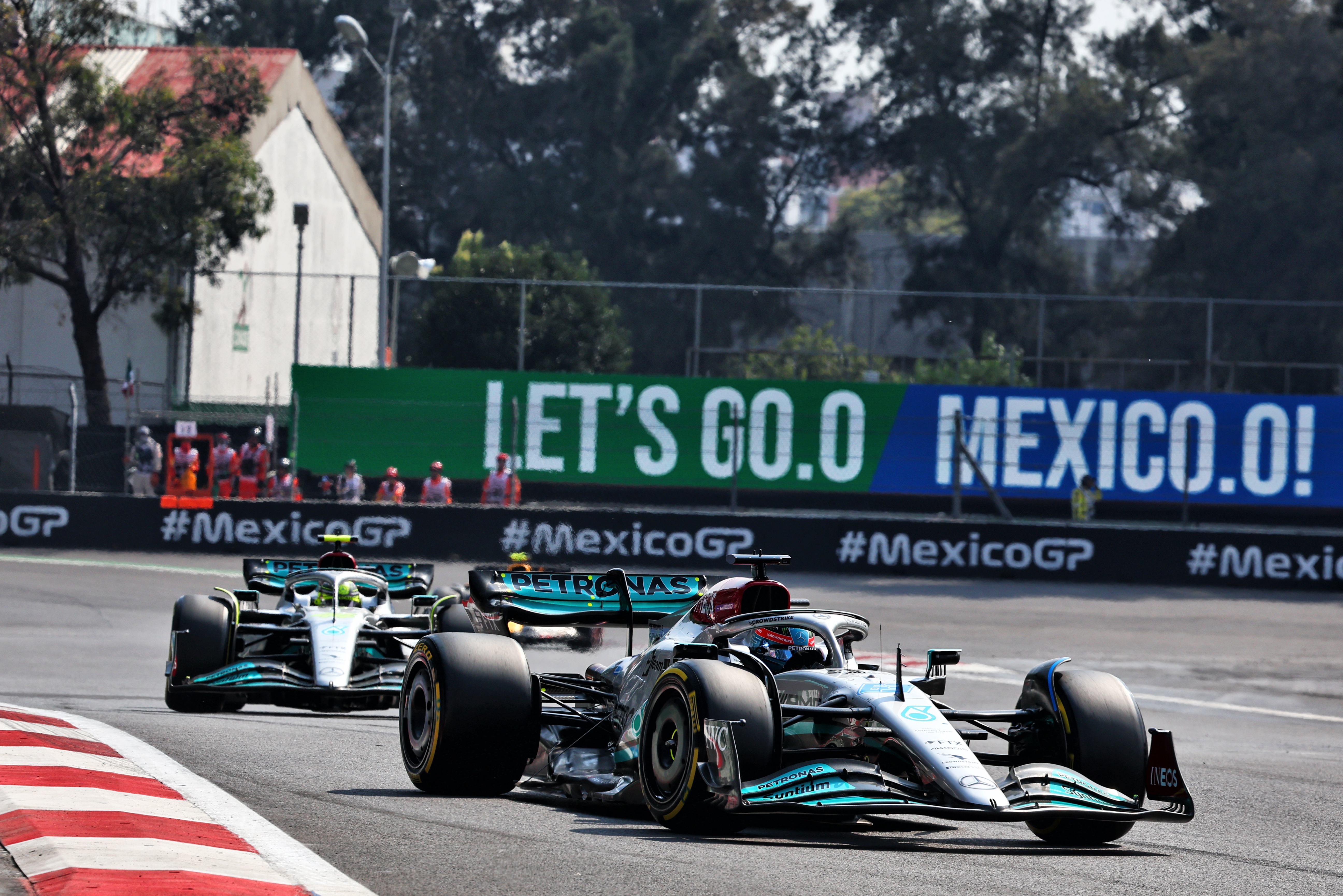
What happened:
Though as the slower team during the season so far, and given it had hinted after qualifying that it would take an ‘aggressive’ approach to the race to try to grab the win, Mercedes might have been expected to be the team on the softer tyre choice at the start, not Red Bull. Instead, it went for mediums on both cars, with Hamilton admitting his first thought when he saw the Red Bulls on softs was “s**t”.
Vowles’ explanation:
Vowles wanted to “pick up on the term aggressive” used in the question put to him in Mercedes’ post-race debrief YouTube video, arguing that the aggression element was about being different to Red Bull and softer tyres didn’t automatically equal a more aggressive race approach.
“By starting on the medium, which is a big difference relative to both Ferrari and Red Bull, that is sort of aggressive in many forms. Because you’re doing something very different to them.
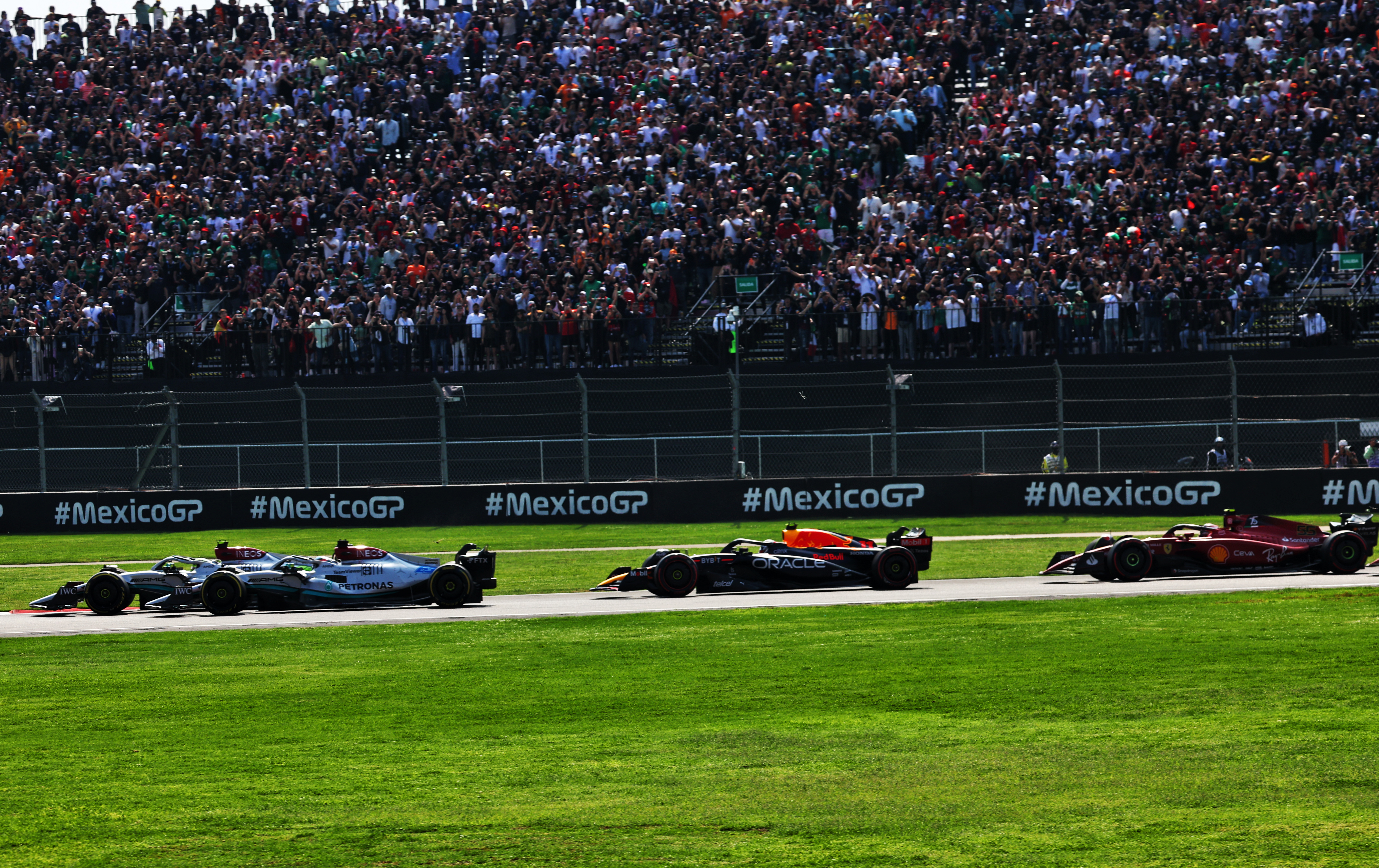
“We believe that Red Bull would be a faster race car so doing exactly the same thing as they are doing probably won’t lead to a race win.
“But starting on the medium, if the soft degrades more than were expecting to or the medium degrades more than expected to, a one-stop’s simply just not possible anymore.
“That now means the medium-hard one-stop creates an opportunity that wouldn’t have been there otherwise.”
SHOULD HAMILTON HAVE RUN LONGER AND GONE TO SOFTS?
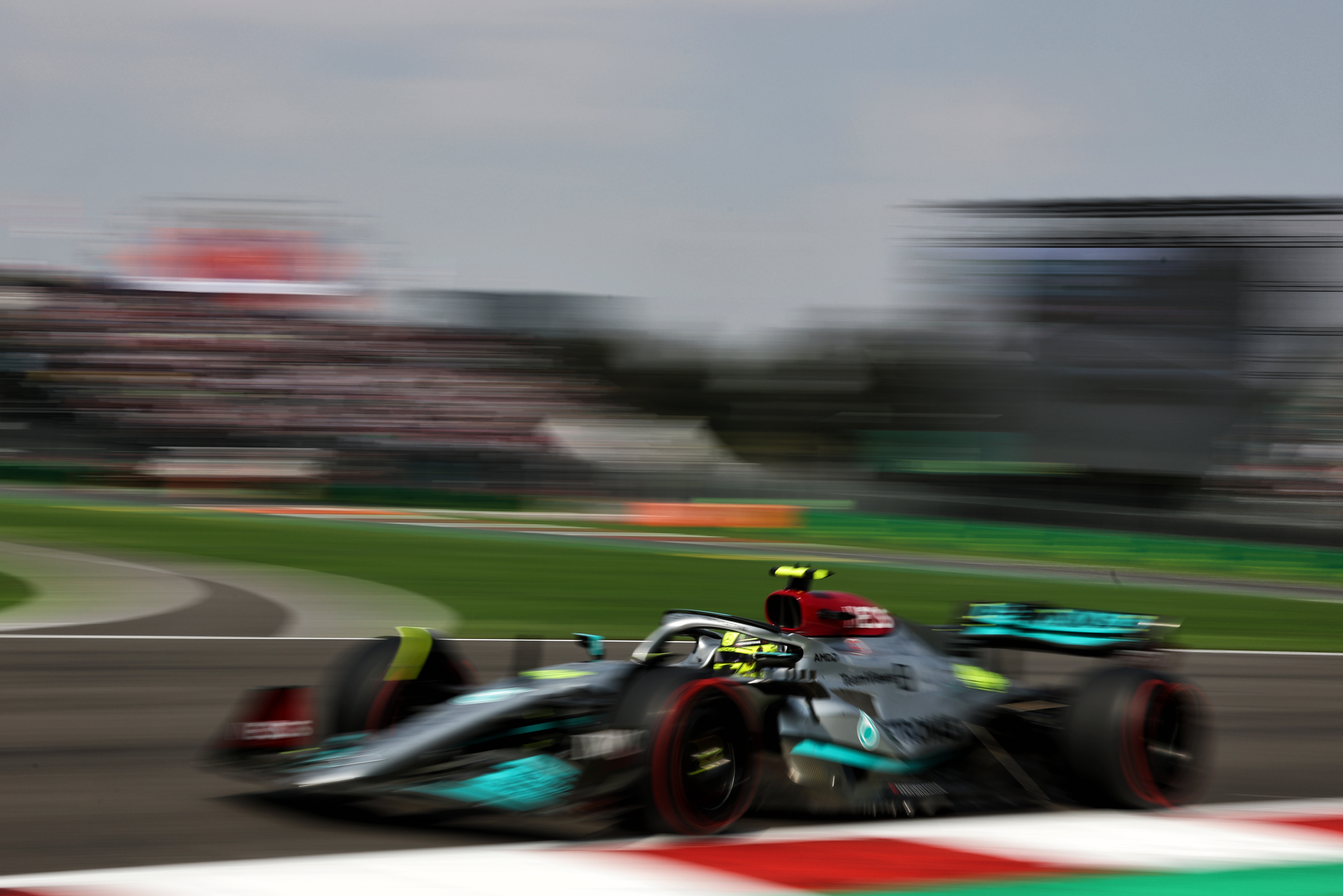
What happened:
Hamilton only stayed out four laps longer than leader Verstappen in the first stint despite being on the more durable tyre compared to Verstappen on the hards. They were 1.7s apart prior to the stops, and 6.5s apart afterwards thanks to Verstappen’s substantial undercut. The gap steadily grew thereafter, Hamilton’s hards never offering him an advantage over Verstappen’s mediums.
There were 42 laps to go when Hamilton pitted, which is longer than anyone managed to run on softs all race. But Sebastian Vettel did do an initial 38 lap stint with them, and Alex Albon fared well with a lap 38 switch from mediums to softs, allowing him to finish 12th for Williams from 19th on lap one.
So should Hamilton have held out longer on mediums and then taken softs not hards?
Vowles’ explanation:
Vowles says this decision was actually driven by the looming presence of Perez, who had stopped to go from softs to mediums on lap 23, when he was 4s behind Hamilton.
By lap 28, Perez on his fresher tyres was back within 25s of Hamilton and the Mercedes was on the cusp of being guaranteed to emerge behind the Red Bull when it pitted.
“With Lewis first of all, he was in a position where Perez had stopped and we only had a lap to cover him really, a lap or two,” said Vowles.
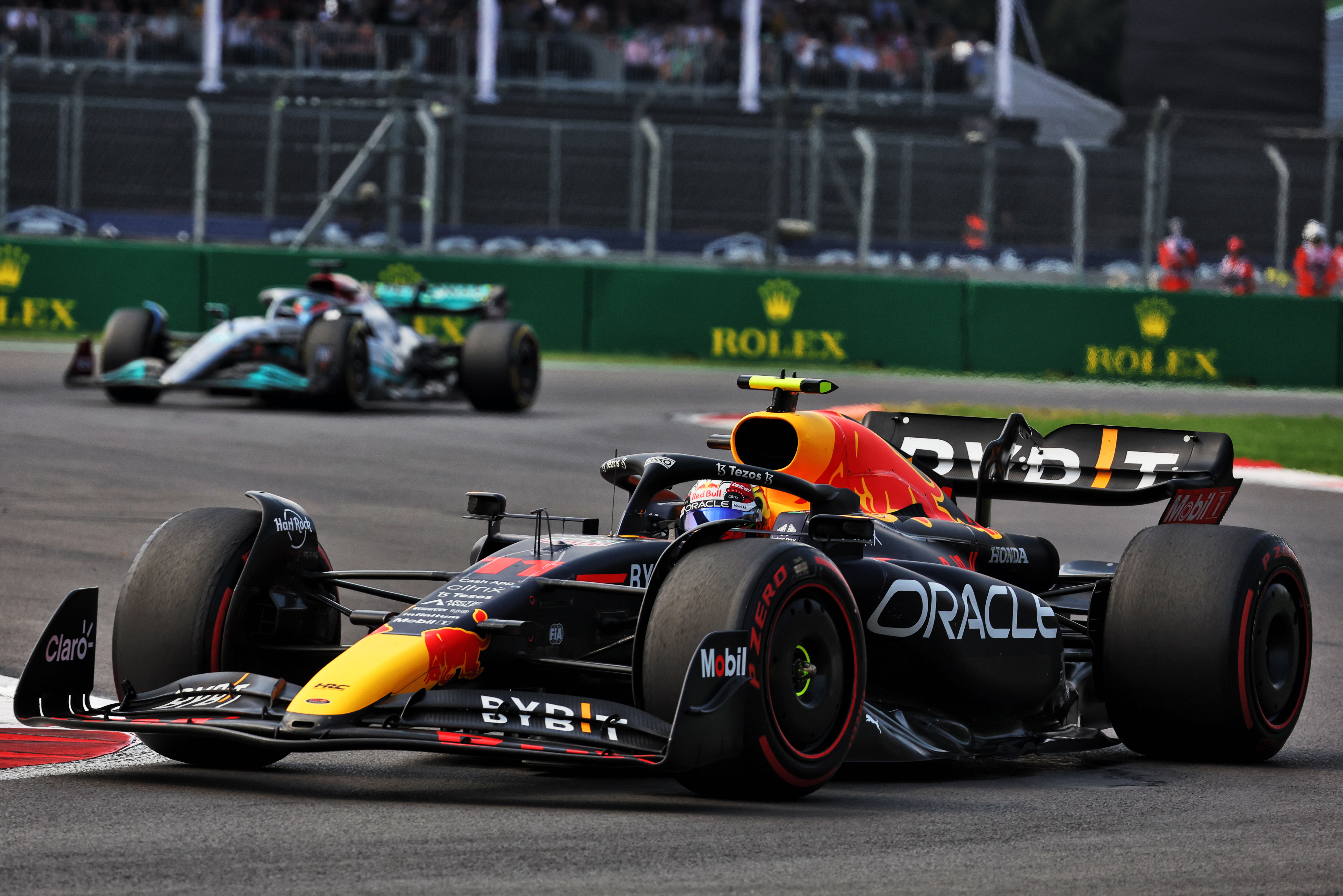
“We had two choices: effectively let Perez undercut us but go long and then fit the soft tyres. Or, stop, and given the length of stint the hard would have really been the tyre that could have made it, the soft would not have made that level of stint.
“We decided that track position was more important at that stage and furthermore we had some data from [Nicholas] Latifi that had already stopped [on lap 23] and the hard wasn’t terrible, so we opted to stop, put Lewis on the hard tyre and go towards the end of the race, under the hope that potentially Verstappen was going to drop off on that medium curve much as we started to see degradation at the end of our stint.”
SHOULD RUSSELL HAVE RUN LONGER AND GONE TO SOFTS?
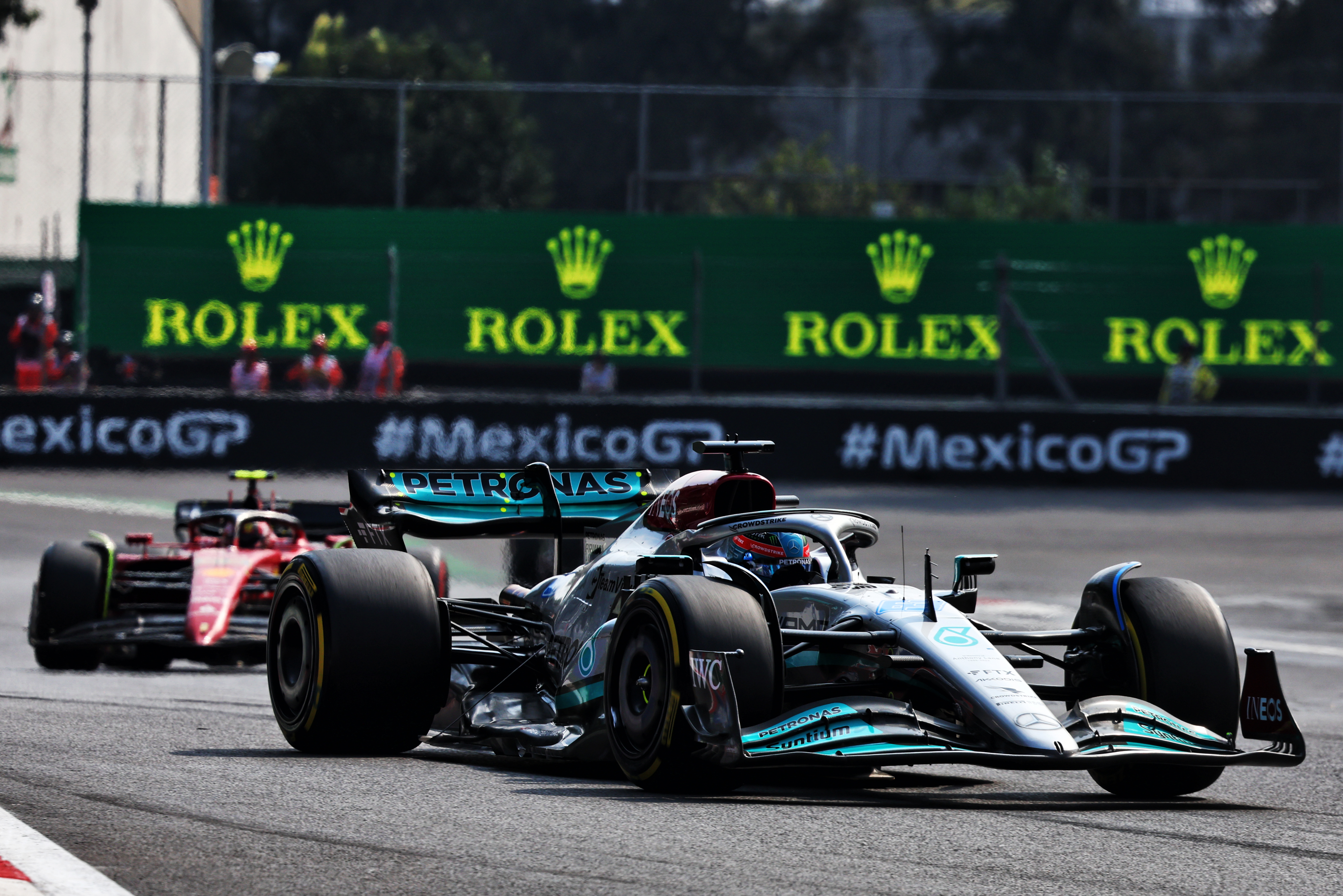
What happened:
This was the more compelling case for softs. Having fallen to fourth on lap one, Russell stayed out on mediums until lap 34 – nine laps later than Verstappen and five later than Hamilton.
He was heard on the TV broadcast pleading to be left out until he could switch to softs for the final stint.
Instead he was brought in and given mediums, and stayed fourth to the finish.
Vowles’ explanation:
This is the decision Vowles is most certain was incorrect.
He says McLaren’s example of keeping Daniel Ricciardo out until lap 44 and then giving him softs for a stint in which he charged from 13th to seventh shows what was possible.
Mercedes’ concern had been how Russell’s pace was tailing off as his first stint on mediums went on. From laps 26 to 33, Verstappen on new mediums went from 14s behind Russell to 8s, and Vowles felt that given Mercedes wasn’t confident the soft could make it to the end, it had too much to lose.
“With George there was a lot more opportunity to really keep going long and fit the soft tyre and that was the plan,” he admitted.
“It was what we had discussed before the race, and it’s what we discussed live during the race with George as well.
“We carried on the stint and what we could see is that actually relative to Perez and Lewis, George was starting to lose a lot of time.
“That medium tyre really just struggling at the end of its degradation stint. You would have heard George come on [the radio] and really start to give his indications of that as well.
“The question now was: given we were struggling on a medium tyre after just 30-odd laps, would the soft tyre really make the stint required?
“It was a hard choice but we decided on balance stopping and fitting the hard tyre will probably bring us a better result in the belief that if we’re struggling on the medium tyre here, Perez probably won’t make it until the end of the race and may need to stop one more time.
“That, in hindsight, was the wrong decision.
“I think when you look back and you look at Ricciardo, we should have just kept going.
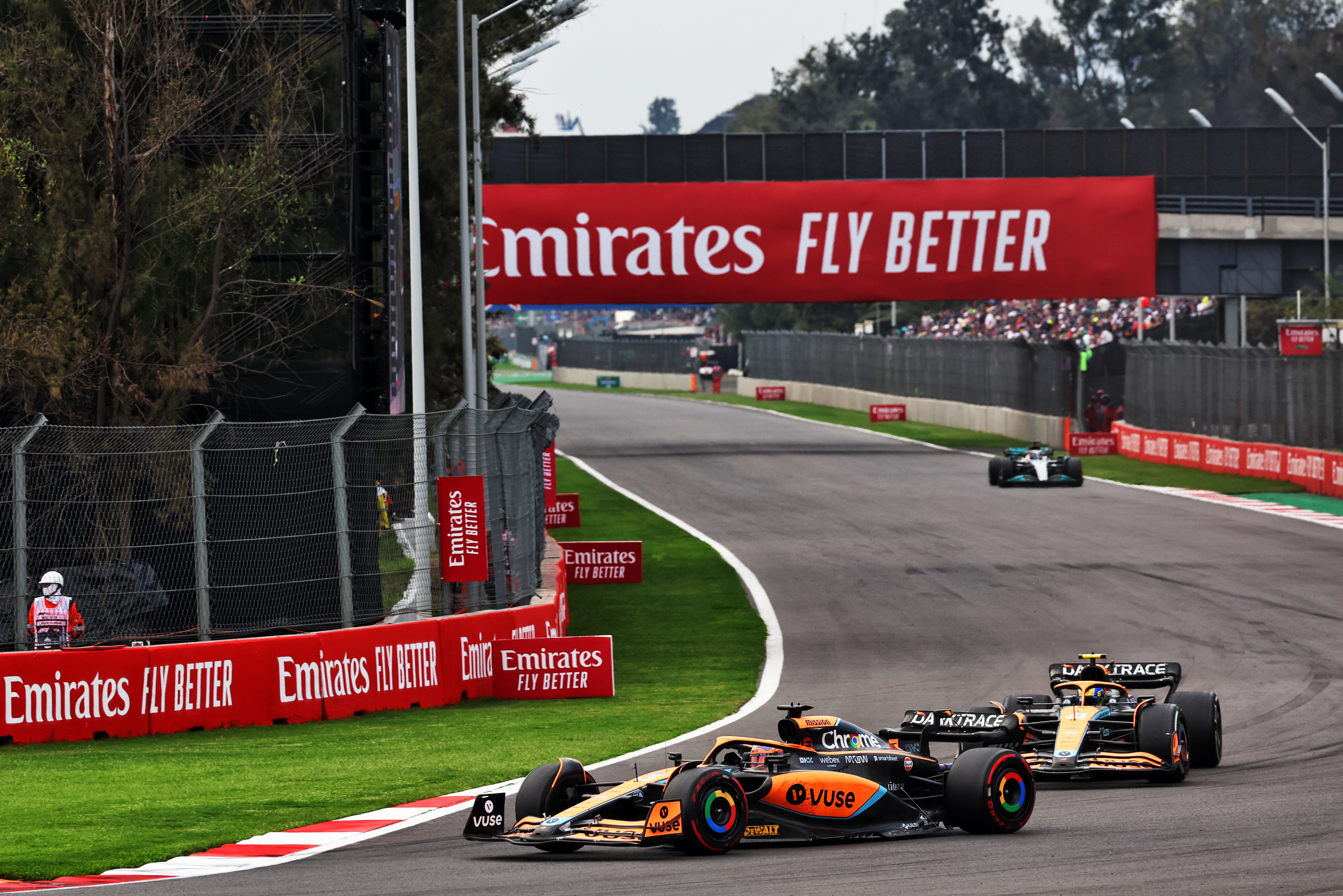
“Yes, there was degradation and it was getting more and more. But we wouldn’t have had to have gone much further before we could fit the soft tyre.
“What the result would have been, I’m not sure. But I think it would have been a better race than what we did.”
SHOULD IT HAVE SPLIT STRATEGIES?
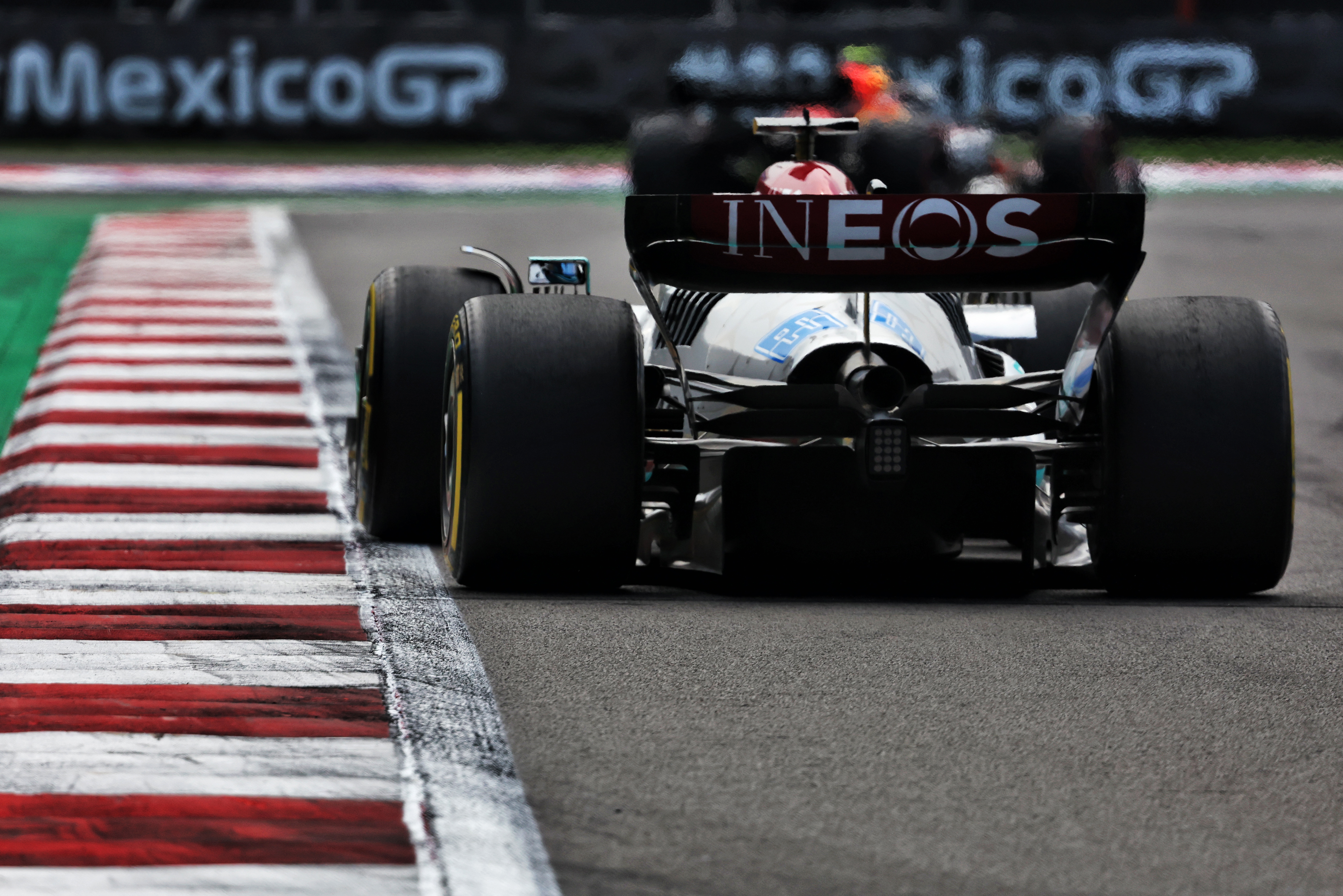
What happened:
Bar the five-lap difference in their pitstop timing and Russell’s bonus late stop for softs, the Mercedes drivers ran identical tactics in Mexico.
Given both had qualified well, should Mercedes have covered more bases by putting them on opposite strategies from the outset?
Vowles’ explanation:
Here Vowles has no regrets, arguing that Mercedes could have tied itself in a bigger knot had its cars ended up in the ‘wrong’ order for their planned tactics.
“We had two cars in a strong position, and felt that actually we could weaken ourselves by splitting them,” he said.
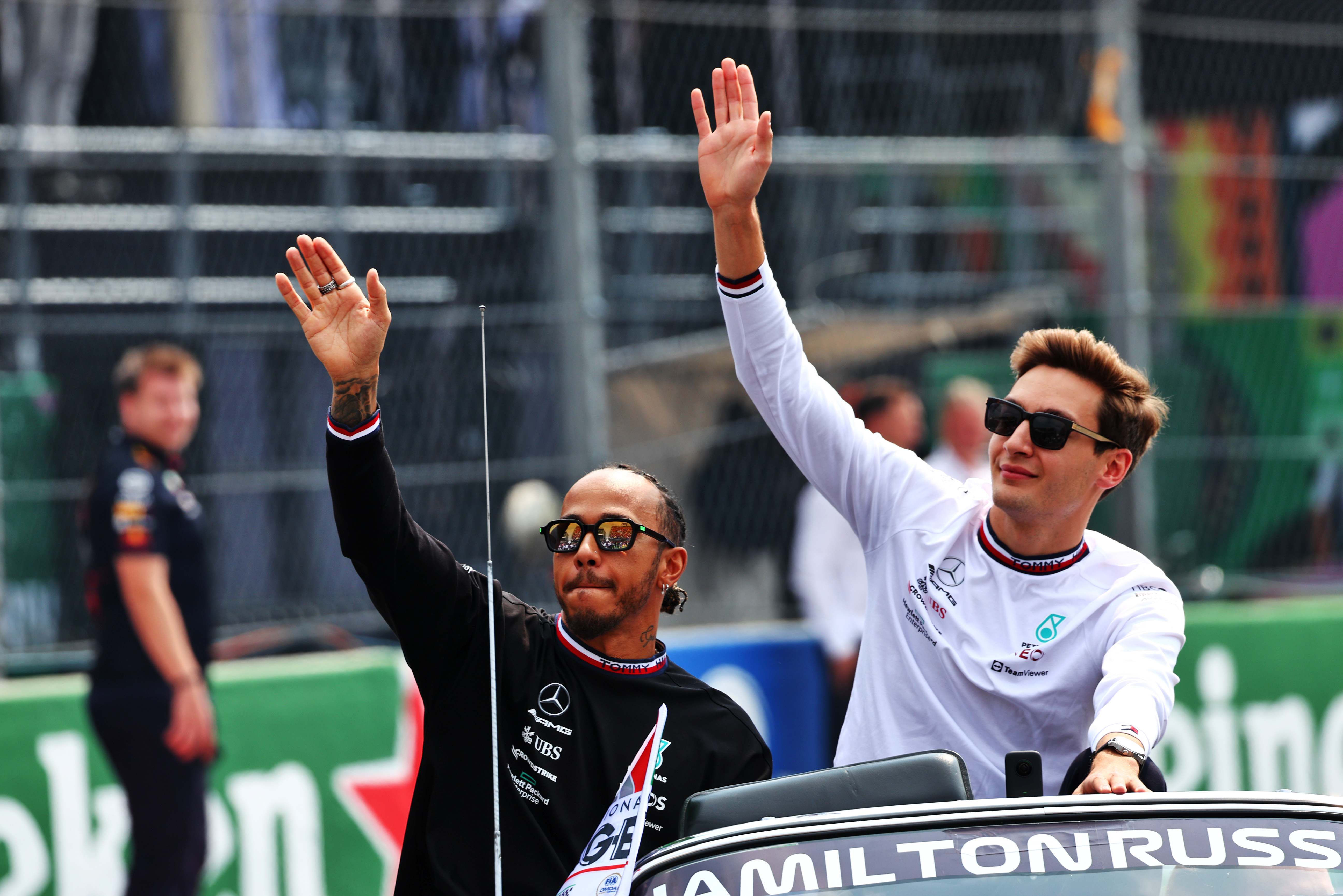
“As it was it probably would have been George on the soft and who knows whether he would have kept that position or not.
“But had he dropped back having a car on softs behind one on medium creates complications.
“The next element of it is why didn’t we split them later on, which is a question I’ve covered off. We should have. I think George should have been on the soft [for stint two].”
WHAT HE DEFINITELY WOULD HAVE DONE DIFFERENTLY
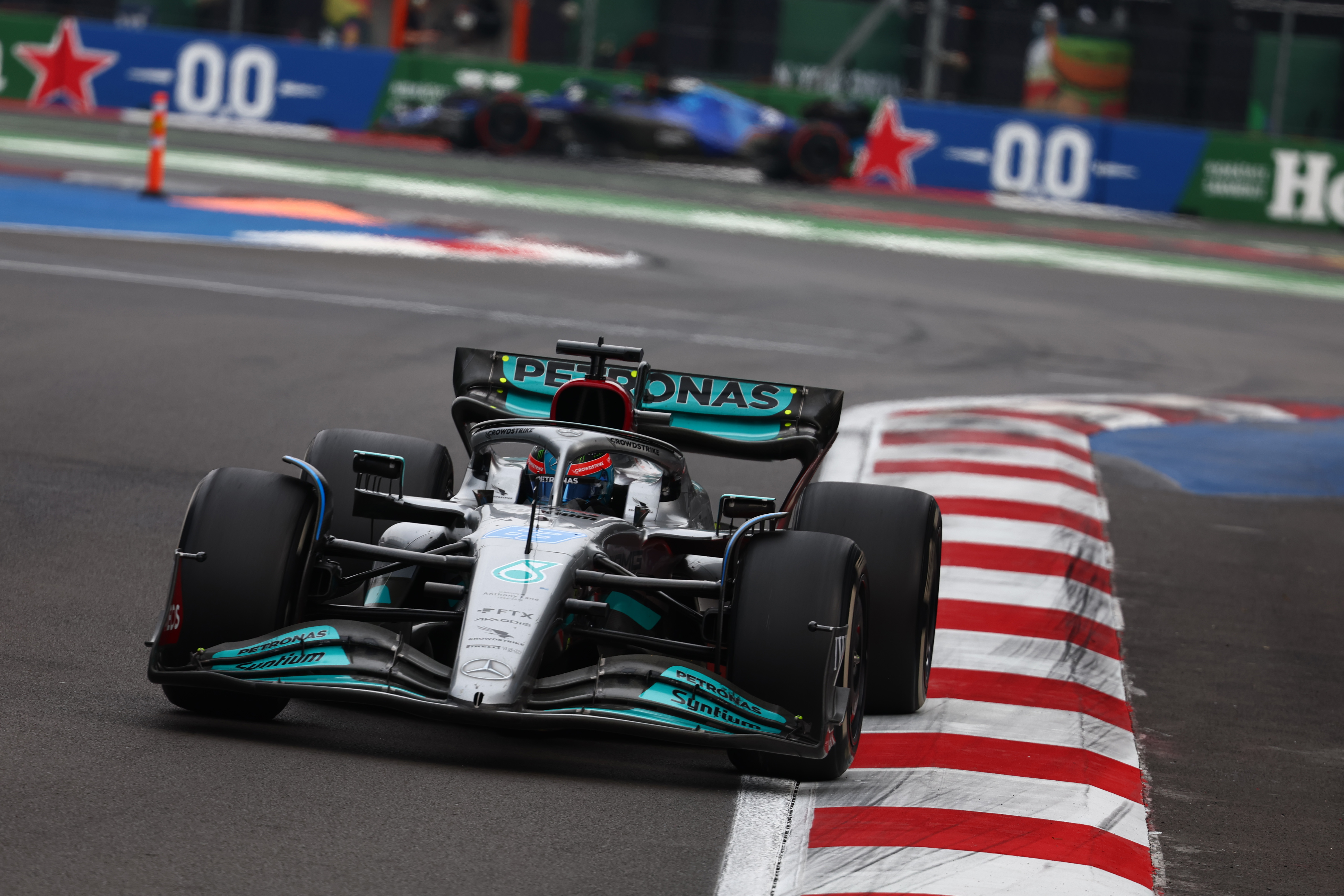
Vowles’ conclusion is that Mercedes could have made better choices at two key points.
One was to take the plunge on softs for Russell and a Ricciardo-style strategy once it was clear how the race was unfolding.
But his main hindsight change would have been to actually match Red Bull and go for softs from the outset, suspecting that Russell wouldn’t have fallen from second to fourth had that happened.
“Rewind the race, what would we have done differently? we wouldn’t have split them but we would have started both on soft,” Vowles concluded.
“I don’t think it would have made a dramatic difference to where Lewis was, he would have finished second.
“But George definitely lost out at the start of the race and I think the extra grip may have just helped him hold on to positions there.
“So a second or third may have been possible and we definitely would have been closer to Verstappen on how we were racing.”





